Protecting Pollinators: Don't Make These 6 Mistakes
One of the joys of having a home garden is seeing the visitors it attracts.
We’re not talking about pests - those critters that want to help themselves to the veggies you’re growing. We’re referring to the sight of pollinators like hummingbirds and butterflies, flitting from plant to plant.
Their presence is so uplifting that many gardeners go out of their way to offer settings that attract them.
But, pollinators are much more than a pleasing spectacle. They play a key role in the reproduction of the vast majority of plant species, which in turn form the base of food chains and habitats for countless other creatures, including humans. It’s estimated that one out of every three bites of food we consume is a result of pollinators' work.
This work is not limited to lovely birds and butterflies: Bats, beetles, moths wasps, bees, and many other animals share the load.
The pollination they do is not only about the food we eat; it also involves the production of resources like fibers and biofuels. It contributes to soil stabilization and plays a role in carbon sequestration.
So, when factors like habitat loss, pollution, changes in climate, and practices like intensive agriculture diminish pollinator populations, everyone stands to lose.
Pollinators in peril

The tremendous importance of pollinators came under the spotlight in the early 21st century when bee populations began to plummet. World Bee Day (May 20 this year) was officially recognized by the United Nations and first celebrated on May 20, 2018, to raise awareness and support conservation efforts.
Since then, there have been some improvements in managed honeybee colony numbers, thanks to active interventions by beekeepers, but the broader picture for bee conservation is still concerning. There are approximately 4,000 species of native bees in the United States, and according to Environment America, more than 700 of them are on the decline. The American bumblebee is among them: Its population has seen a 90% drop since 2000 and disappeared from eight states.
And bees aren’t the only pollinators in decline. For example:
Butterflies are in trouble. In the U.S., five butterflies have gone extinct since 1950, and 19% of the 800 butterfly species in the United States are currently at risk of extinction. In the western U.S., more than 450 butterfly species have declined at an average rate of nearly 2% a year over the past four decades.
Moth populations are dropping. A study on urbanization-driven declines of larval and adult moths in urban areas, published in Global Change Biology in March 2024, showed patterns of declines among young and mature moths, both in rural and urban areas.

In 2023, the North American Bat Conservation Alliance published the first-ever State of Bats Report. It stated that more than half of the 154 known bat species across North America were at risk of severe population decline in the next 15 years.

Nearly 200 hummingbird species were showing decreasing population trends as of July 2023, according to the International Union for Conservation of Nature’s Red List of Threatened Species.
Where you come into the picture
If you garden, you’re in a position to have a real impact on this situation, to help improve it or to make it even worse. Innocuous choices like selecting non-native plants or using pesticides can do significant harm. That’s why we want to make you aware of potential missteps and what you can do to avoid them.
Mistake 1: Choosing the wrong plant
What's the issue? Non-native plants might not provide the nutrients pollinators need, or they might be inedible to local pollinators. Plus, some cultivated plant varieties, particularly those with "double flowers," lack accessible pollen and nectar.
What can you do? Grow native plants that provide nectar, pollen, and habitat for local pollinators.
Mistake 2: Overzealous hygiene
What’s the issue? If you’re overly tidy in the garden, you could be removing pollinators’ natural habitats like leaf litter and dead wood.
What can you do? Maintain some wild areas in your garden with logs, bare soil, and undisturbed undergrowth so pollinators have safe places to shelter, hide, and rest.
Mistake 3: Pesticide misuse
What’s the issue? Pesticides, even those labeled as "organic," can be harmful to pollinators. In particular, neonicotinoids have been linked to bee population declines.
What can you do? Use pesticides sparingly and responsibly, if at all. Always follow label instructions and apply them in the evening when bees are less active. Consider non-chemical pest control methods like introducing beneficial insects (ladybugs, praying mantis, lacewings) or using physical barriers like row covers to protect plants.
Mistake 4: Lack of seasonal planning
What’s the issue? Limiting your garden to plants that bloom at the same time can leave pollinators without food resources for the rest of the season.
What can you do? Plan your garden so that you have a succession of plants flowering from early spring to late fall to provide a continuous supply of food for pollinators. These plants could, for example, include crocuses and snowdrops for early spring, lavender and foxgloves for summer, and asters and sedum for the fall. But again, select native species suited for your region.
Mistake 5: Neglecting water sources

What’s the issue? Pollinators need water, but not all gardens provide it, especially during dry spells.
What can you do? Provide clean, fresh sources of water through features like a shallow dish with pebbles (helpful landing spots) or a birdbath with regularly changed water.
Mistake 6: Using inappropriate fertilizers
What’s the issue? Synthetic fertilizers, especially those containing nitrogen, can alter the electric field around flowers, which bumblebees and other pollinators use to locate plants.
What can you do? Choose organic fertilizers and soil amendments to nourish your plants.
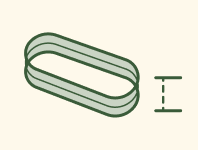
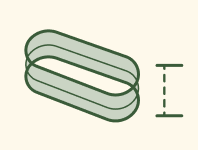
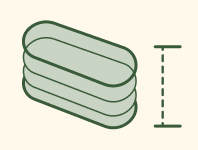
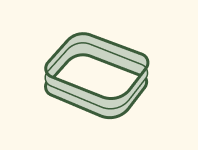
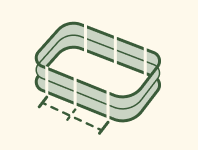
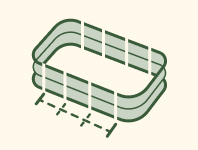
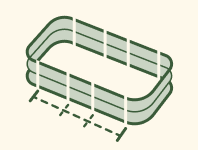
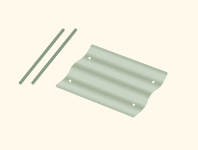




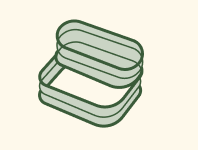


















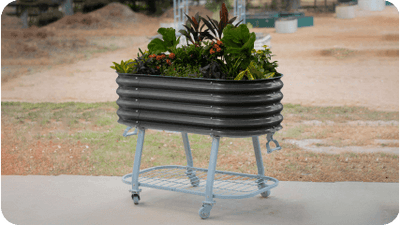








































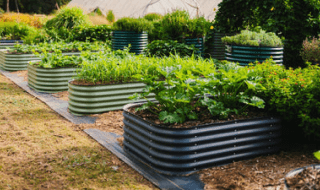
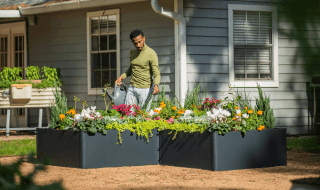
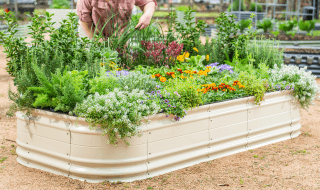
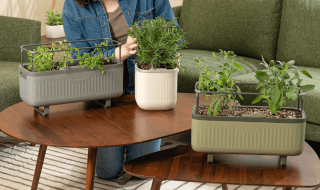
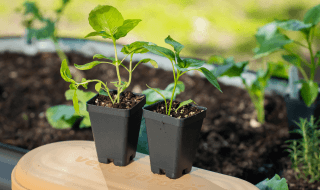
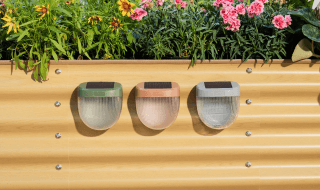
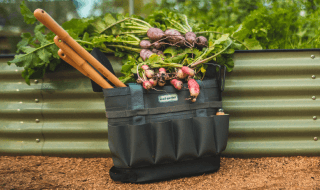
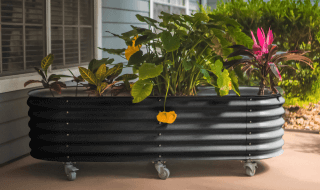







Leave a comment